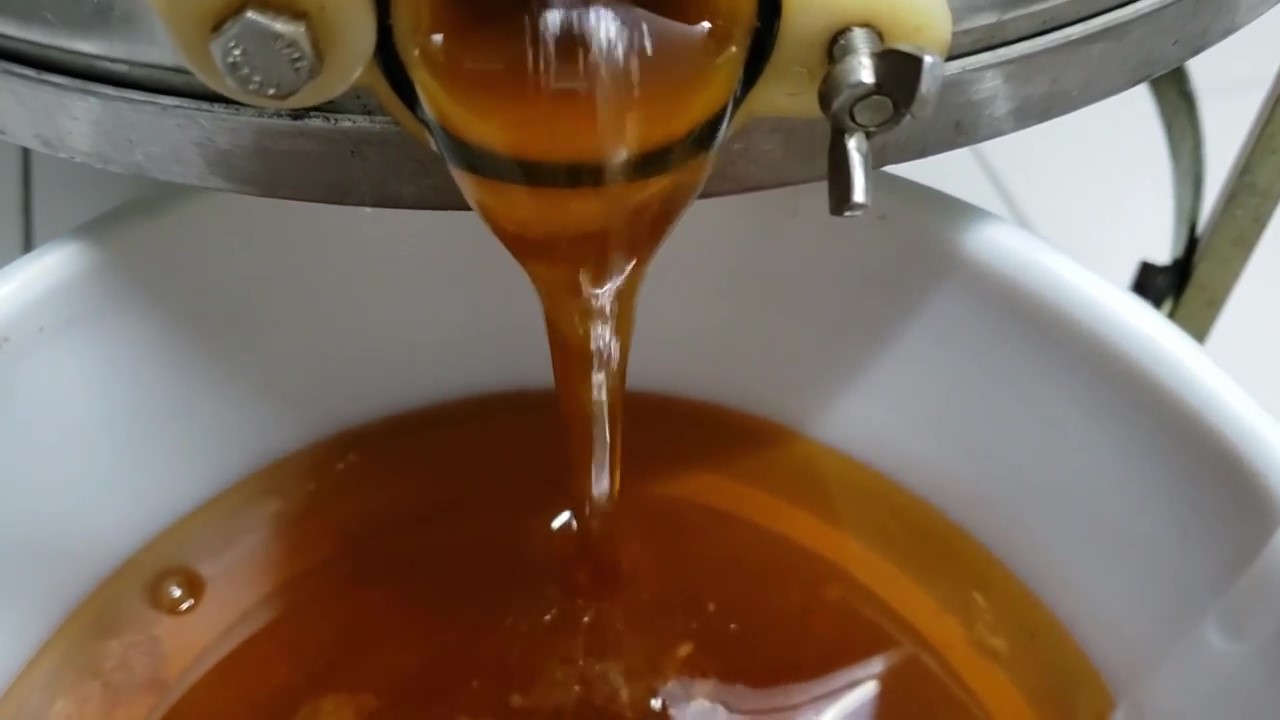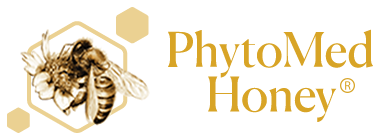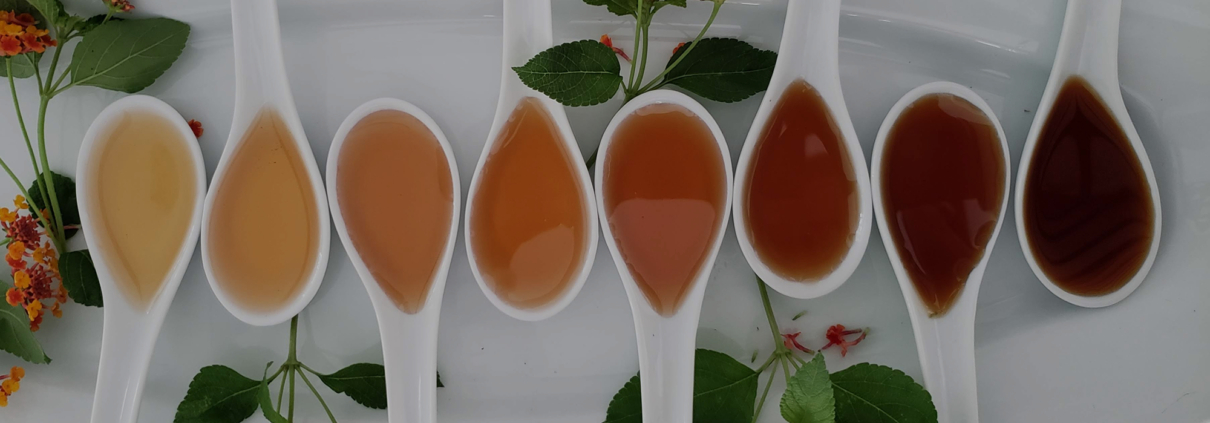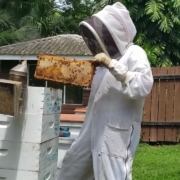PhytoMed Honey®…the Ultimate Wound Healer
What’s the first thing that comes to mind when you think of honey? Probably it’s rich golden colour, bees or the fact that it is a natural sweetener. However, this golden nectar is far more complex. Honey is recognized as a superfood with significant antifungal and antibacterial properties. This is all engineered by the special relationship nature’s hardest workers ‘the bee’ has with the plants in its environment. In this blog we are going to explore honey’s age-old healing properties and modern applications at the Jessamine Eden Farms.
Honey and Wound Healing
Honey’s healing properties have been championed in traditional medicine for centuries. It was used to treat ulcers, throat, sunburn, eyes, and gut, etc. Derived from folk medicine, honey was also used for wound dressing, however with the advent of antibiotics, this has decreased significantly. Subsequently, the discussion about honey resurfaced as scientists look toward the golden nectar as a tool in the fight against antibiotic resistant bacteria..
Honey with its anti-oxidant, anti-bacterial and anti-inflammatory properties, can be used as a wound dressing to promote rapid and improved healing. The acidic nature of honey encourages blood to release oxygen which is important for wound healing. An acidic pH also reduces the presence of substances called proteases that weaken the wound healing process.
Honey’s natural sugars also have the effect of drawing water out of damaged tissues (osmotic effect). This effect reduces swelling and draws water out of bacterial cells, which can help keep them from multiplying. Finally, honey has been shown to have an antibacterial effect on bacteria commonly present in wounds.

PhytoMed Honey and Exciting Wound Healing Properties
The honey out of Jessamine Eden is world award winning as evidenced by its gold and silver awards in the international category of the oldest honey show in the world, the UK National Honey Show, London. But did you know Jessamine Eden also produces a medical grade honey with a unique phytochemical (chemicals derived from plants) profile possessing significantly higher antibacterial properties than some of the world’s best medical honeys?
Resident Scientist Dr. Valma Jessamy says this unique profile is derived from the over 135 species of healing medicinal plants found in the Jessamine Eden Conservation Garden. The bees feed on these plants thereby transferring the important chemicals to their honey in concentrated amounts. Dr. Jessamy has been testing her honey over the past few months in clinical trials on patients in Grenada receiving treatment for wounds. Results show that wounds cured faster and left significantly reduced scarring due to the honey’s high bactericidal (kills bacteria) and bacteriostatic (inhibiting the growth or reproduction of bacteria) properties. Dr. Jessamy is working to have this product readily available to consumers in the coming months.
Works Cited
B. Pradhan, V. Jessamy (2019, September 8). Honey as the cure for the diseases of the twenty first century. Retrieved from https://www.bienenpodcast.at/: https://www.bienenpodcast.at/wp-content/uploads/2019/09/API_abstractbook.pdf
healthline.com. (2018, November 16). https://www.healthline.com/health/honey-on-wounds#effectiveness. Retrieved from https://www.healthline.com: https://www.healthline.com/health/honey-on-wounds#effectiveness
Peter Molan, T. Rhodes. (2015, June). Honey: A Biologic Wound Dressing. Retrieved from Wound Care Learning Network: https://www.hmpgloballearningnetwork.com/site/wounds/article/honey-biologic-wound-dressing
Reza Yaghoobi, A. K. (2013, July 17). https://www.ncbi.nlm.nih.gov/. Retrieved from National Center for Biotechnology Information: https://www.ncbi.nlm.nih.gov/pmc/articles/PMC3941901/


